Super-sized black holes appeared surprisingly early in the Universe and it seems every galaxy has one at its center. But how? And where are the intermediate-sized black holes (intermediate black holes)?
Where are the Intermediate Black Holes?
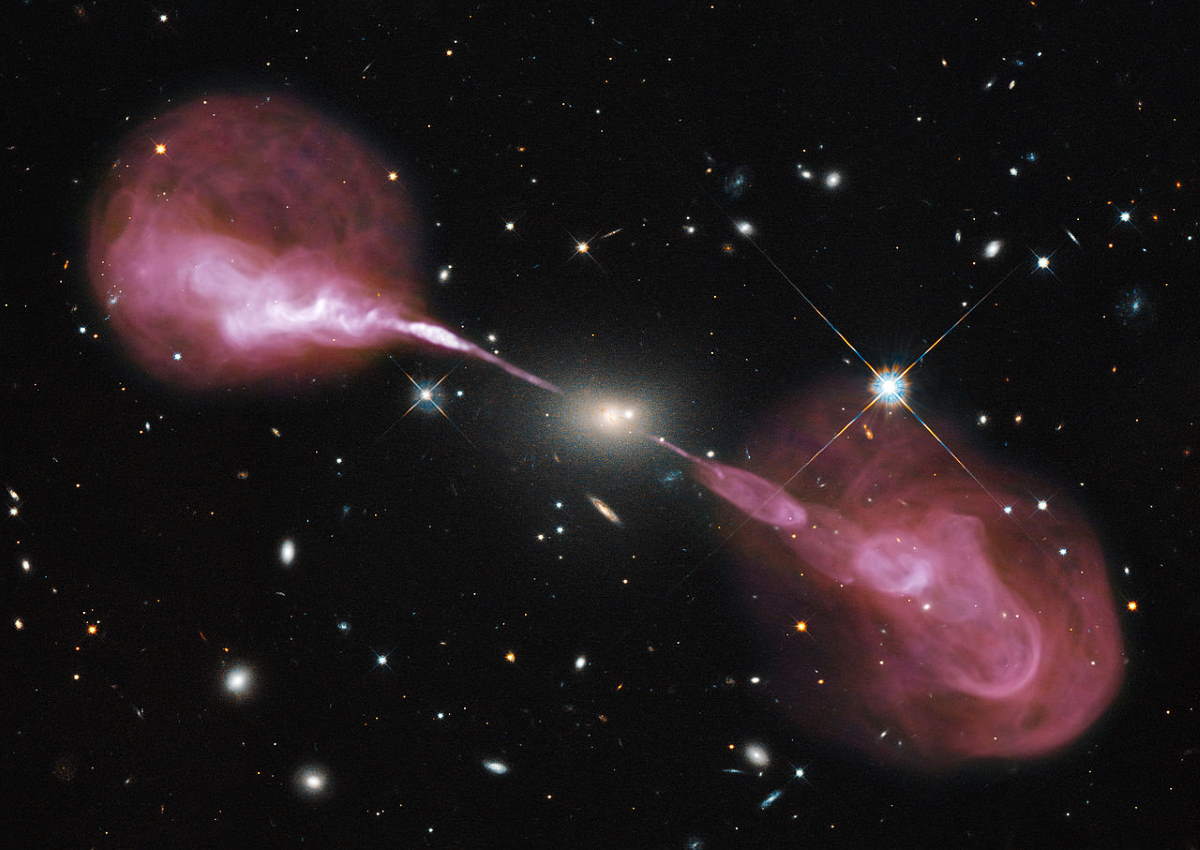

Super-sized black holes appeared surprisingly early in the Universe and it seems every galaxy has one at its center. But how? And where are the intermediate-sized black holes (intermediate black holes)?
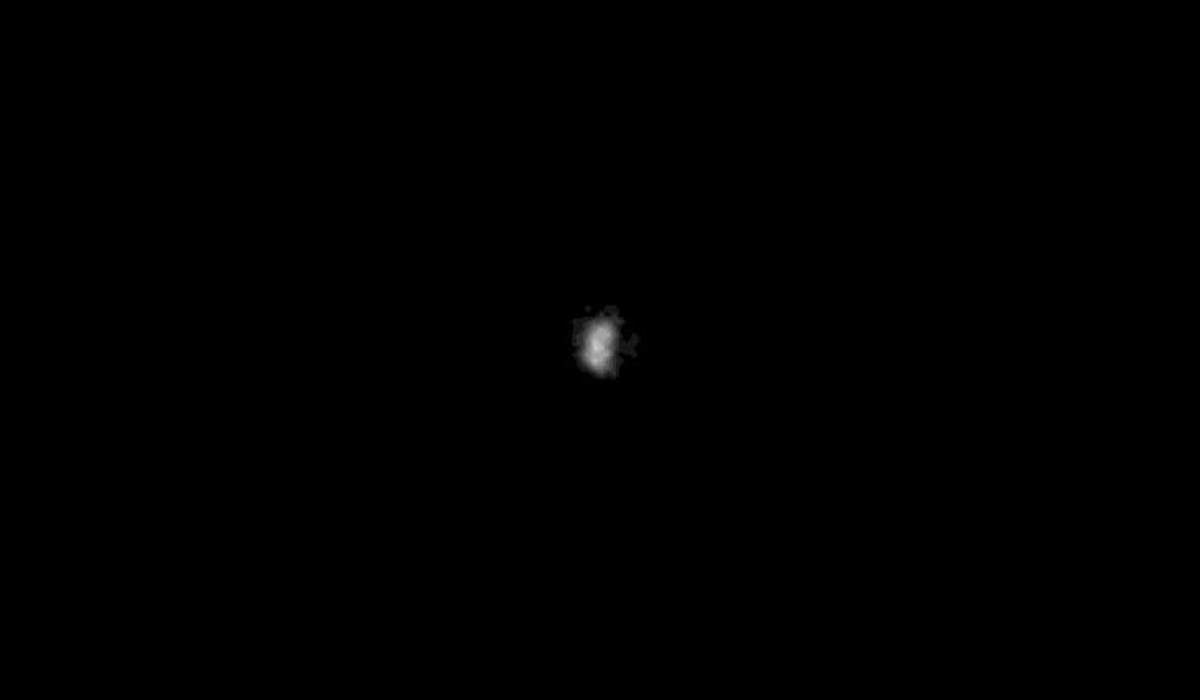
On May 1, 1949, Neptune’s Moon Nereid was discovered by the Dutch astronomer and planetary scientist Gerard Kuiper, who is the eponymous namesake of the Kuiper belt. Nereid is also named Neptune II because it is the second moon of Neptune to be discovered. It is also the last satellite of Neptune to be discovered before Voyager 2‘s discoveries in 1989.
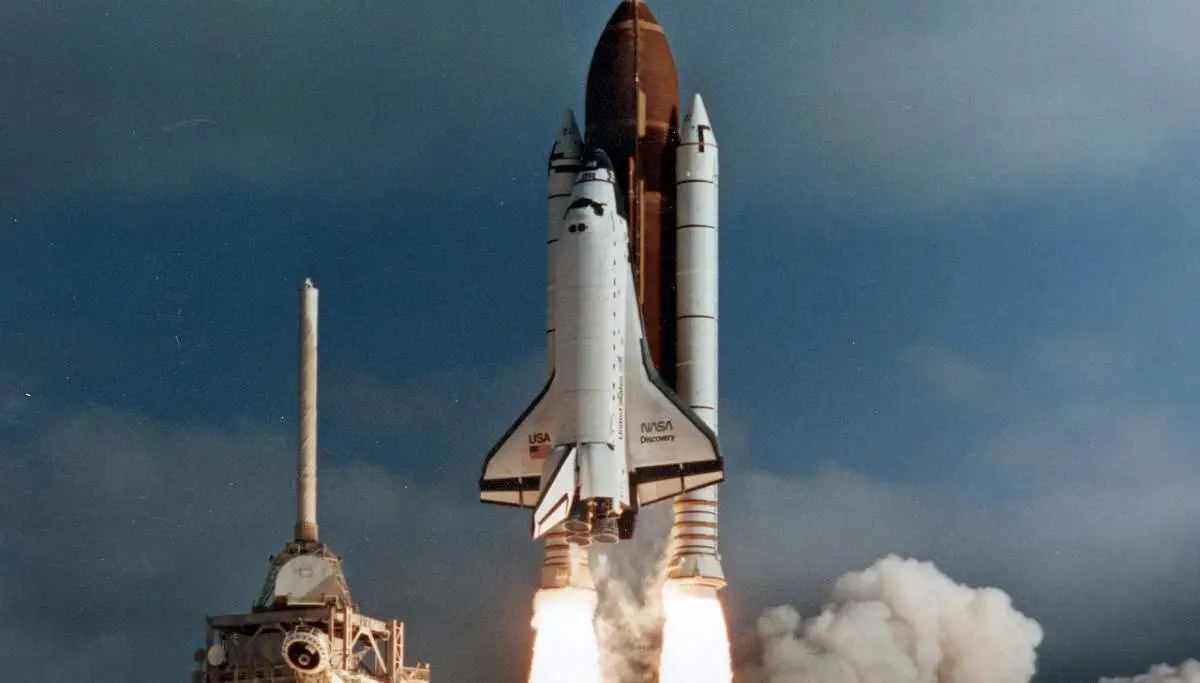
On April 24, 1990, Hubble Space Telescope was launched into Low Earth Orbit (LEO) from the space shuttle Discovery (STS-31). It orbits the Earth at an altitude of about 350 miles (560 kilometers). For comparison, the International Space Station (ISS) maintains an orbit with an altitude of between 205 and 270 miles (330 and 435 kilometers). The telescope is 43.5 feet (13.2 meters) long and weighs 24,500 pounds (11,110 kilograms).

On April 11, 1986, with about 63 million kilometers (39 million miles), Halley’s Comet made its closest approach to Earth on its outbound journey (while moving away from the Sun).
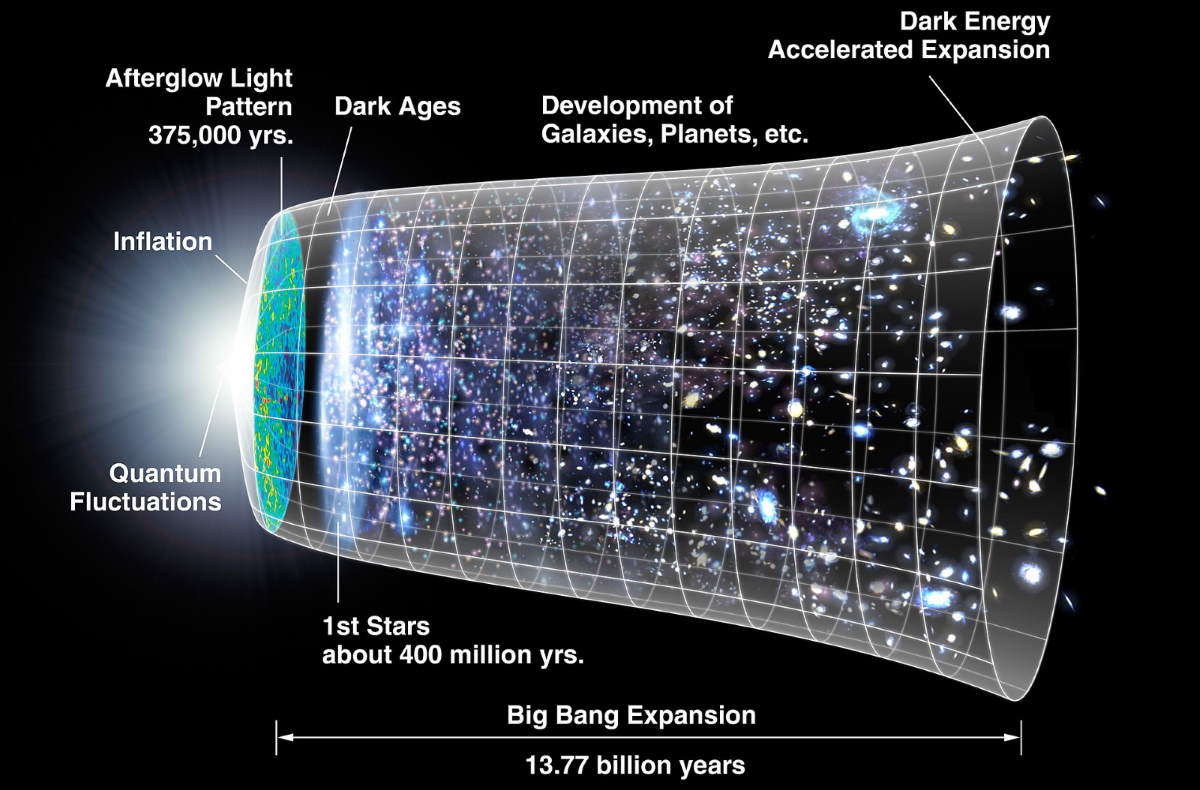
On March 28, 1949, the English astronomer Sir Fred Hoyle (24 June 1915 – 20 August 2001) unintentionally coined the term “Big Bang”. In fact, Hoyle was thinking the idea that the universe had a beginning to be pseudoscience and he was arguing the universe as being in a “steady-state”.
Today’s (March 28) story of what happened this day in Science, Technology, Astronomy, and Space Exploration history.
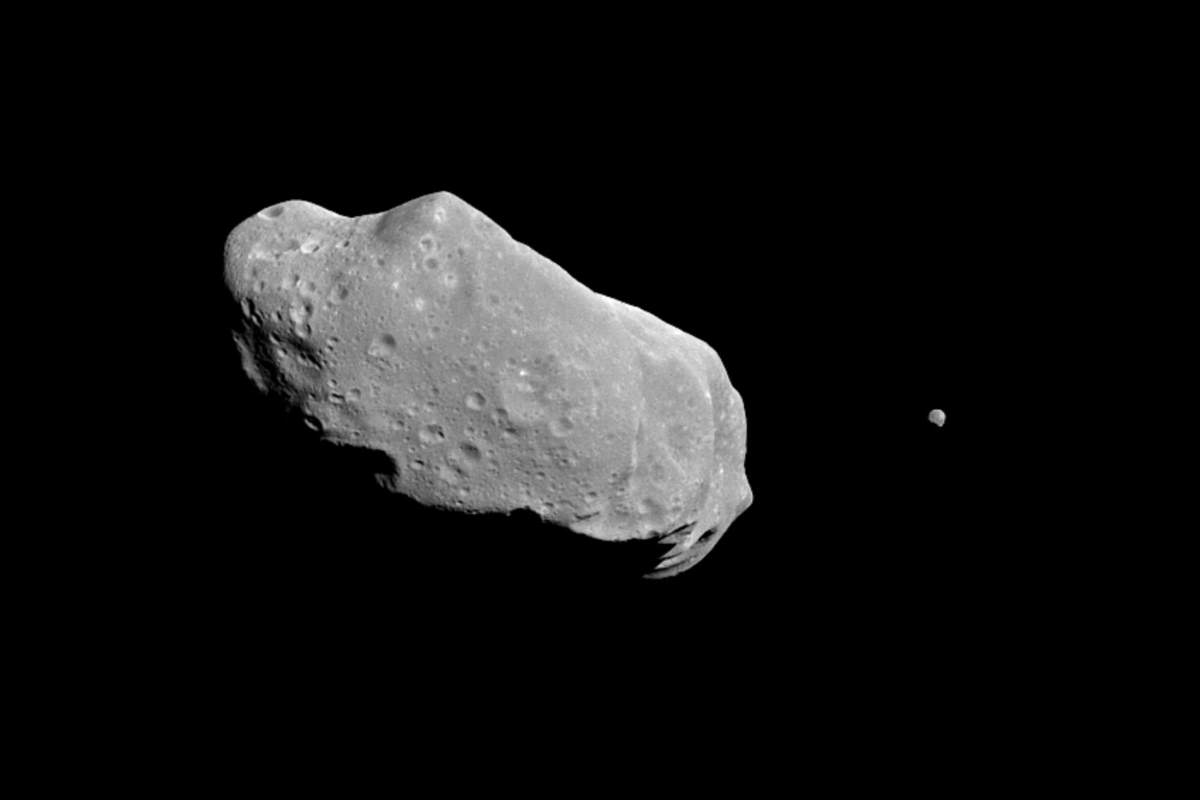
On March 23, 1994, a photo was released showing the first moon discovered be in orbit around an asteroid, 243 Ida.
Today’s (March 23) story of what happened this day in Science, Technology, Astronomy, and Space Exploration history.
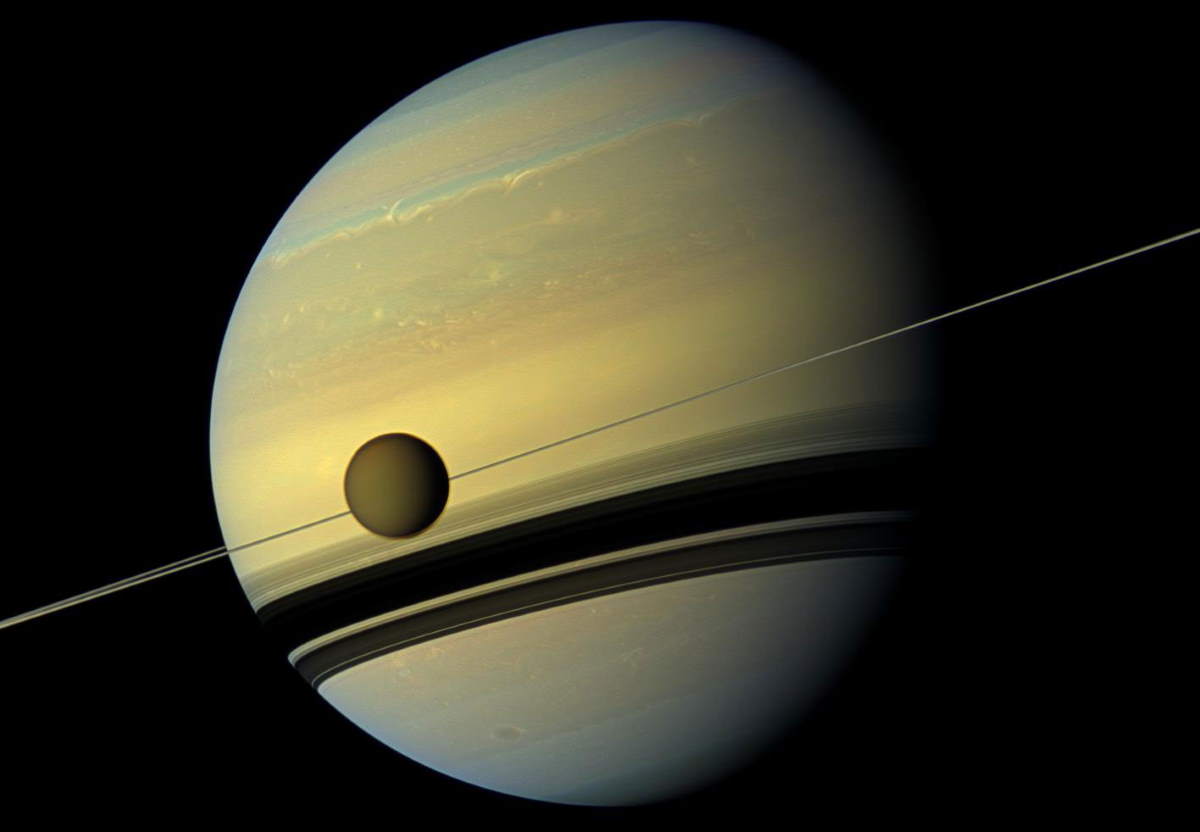
On March 25, 1655, the Dutch mathematician, physicist, astronomer, and inventor Christiaan Huygens discovered Titan, Saturn’s largest moon and the second-largest natural satellite in the Solar System (after Jupiter’s Ganymede).
Today’s (March 25) story of what happened this day in Science, Technology, Astronomy, and Space Exploration history.
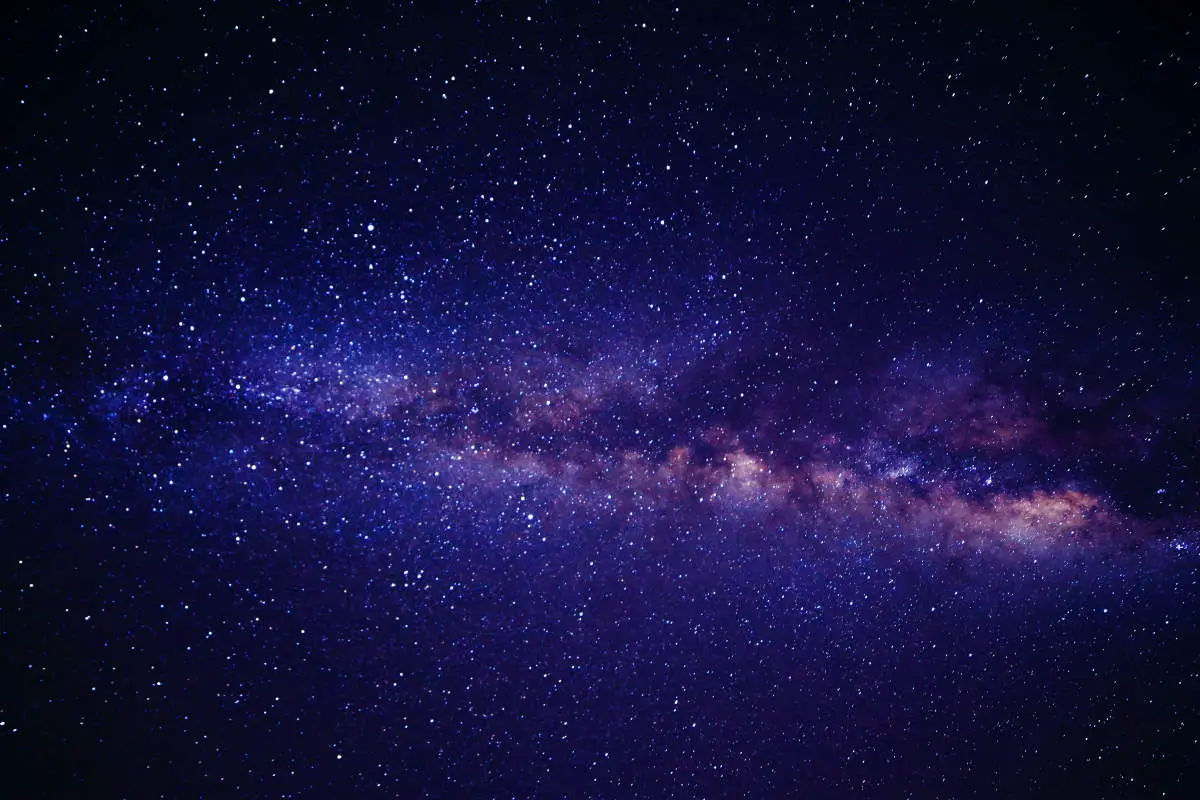
Artificial intelligence (AI) has driven a lot of advancements in different fields of study. From medicine, engineering, finance, and even the way we do groceries have all changed for the better. More importantly, AI pushes humankind’s understanding of the places we never thought possible.
From protecting humanity to making sense out of seemingly random data, here are a few examples of artificial intelligence playing a significant role in our quest to understand the universe.
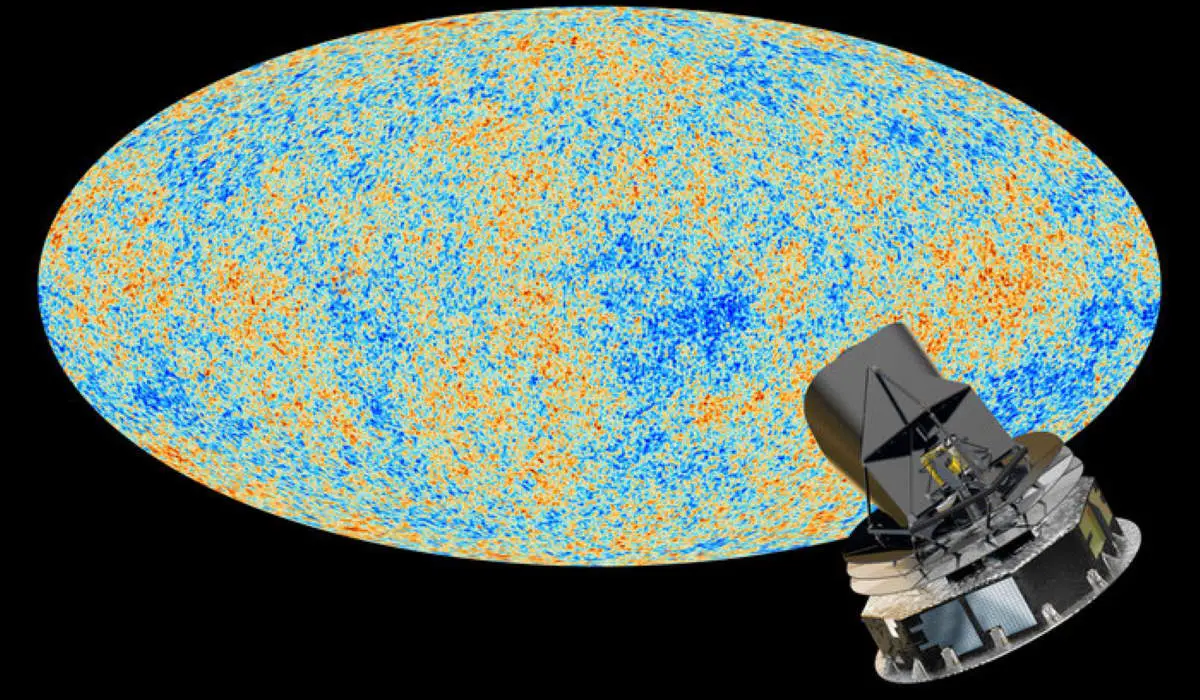
On March 21, 2013, European Space Agency‘s (ESA) Planck spacecraft revealed the most detailed map ever created of the Cosmic Microwave Background (CMB, CMBR).
Today’s (March 21) story of what happened this day in Science, Technology, Astronomy, and Space Exploration history.
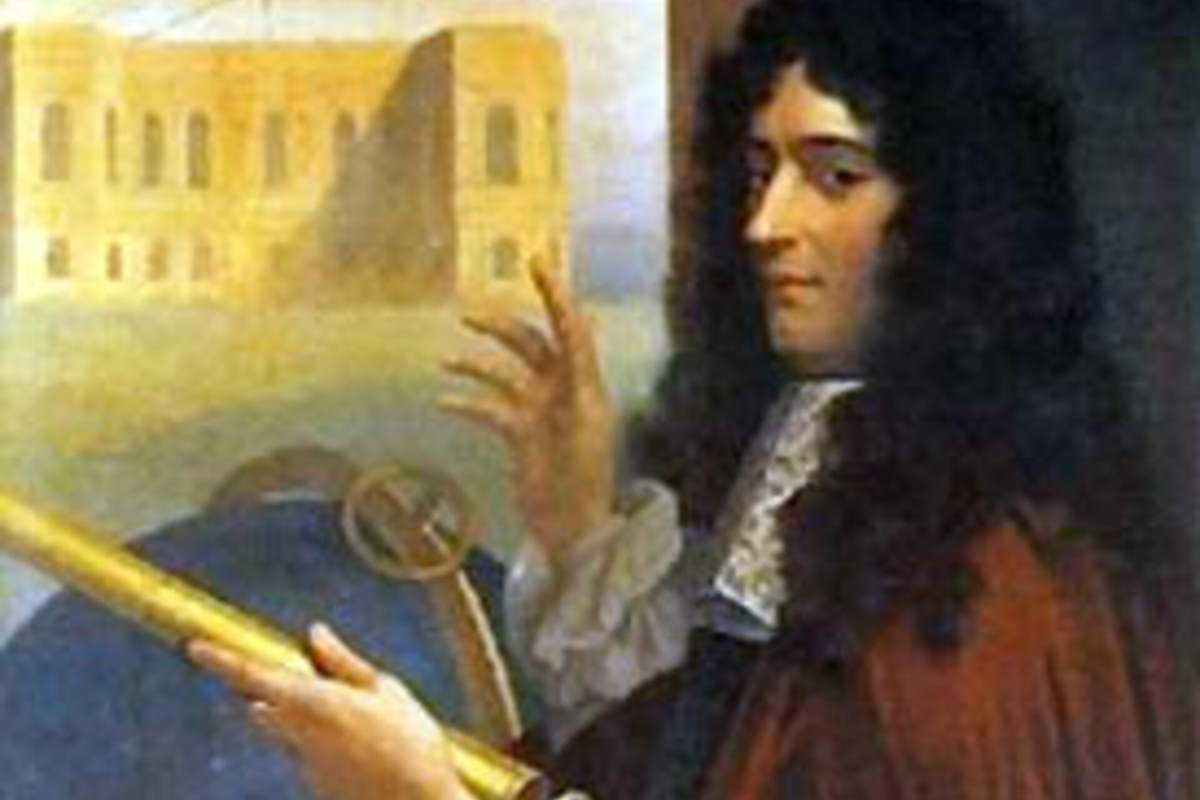
On March 21, 1864, the Italian mathematician, astronomer, and engineer Giovanni Domenico Cassini (8 June 1625 – 14 September 1712) discovered Saturn’s moons Tethys and Dione. Cassini used a refractor telescope with an aperture of 108 mm to make this observation.
Today’s (March 21) story of what happened this day in Science, Technology, Astronomy, and Space Exploration history.